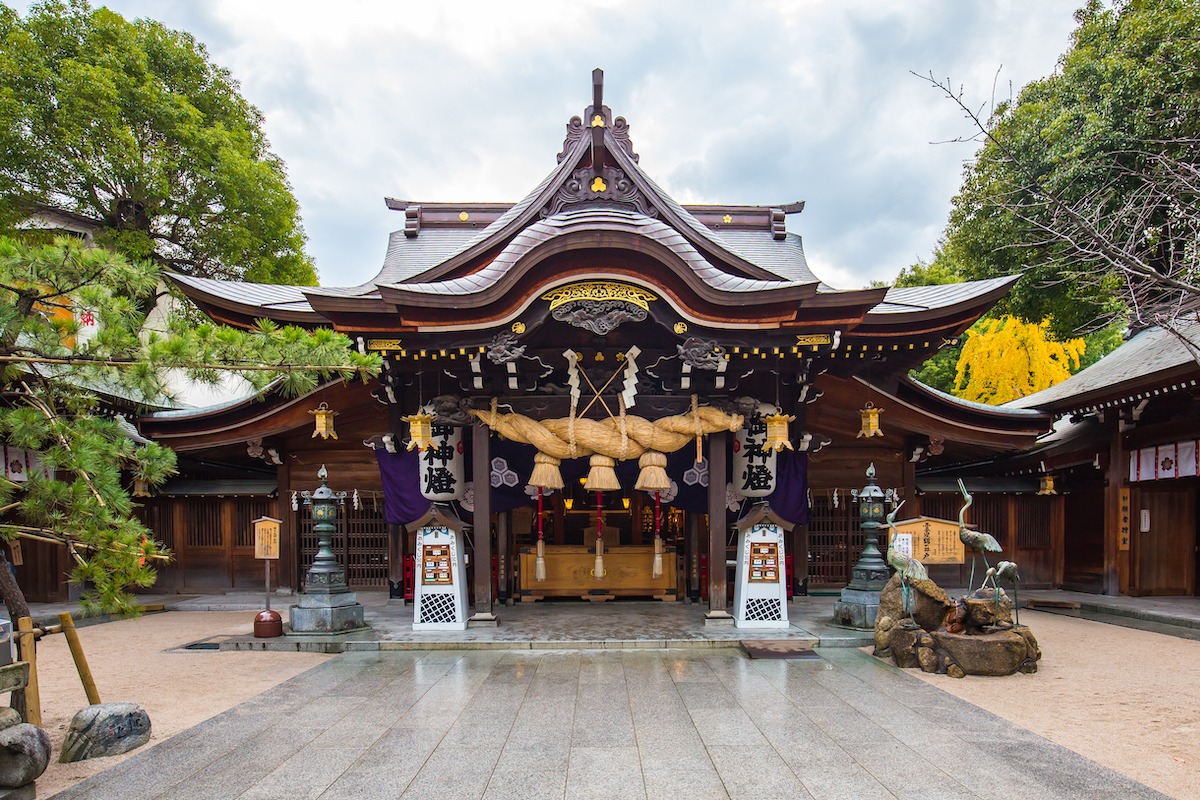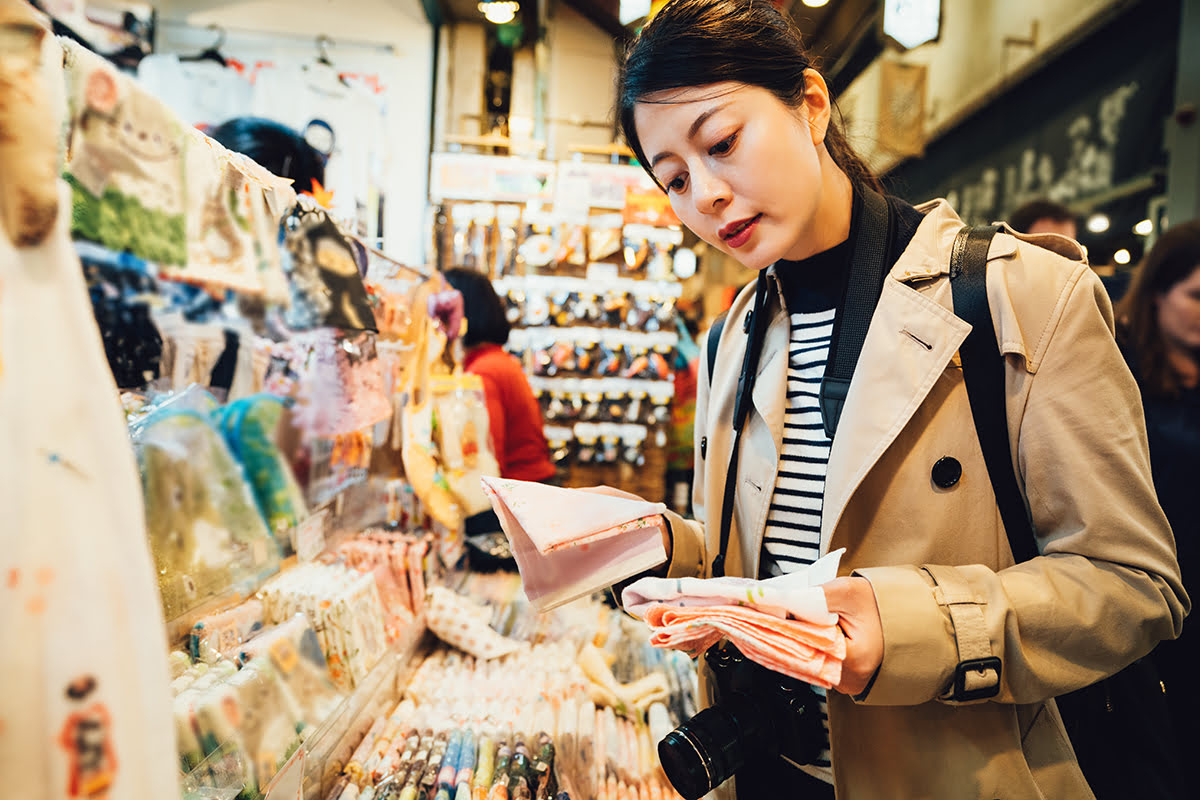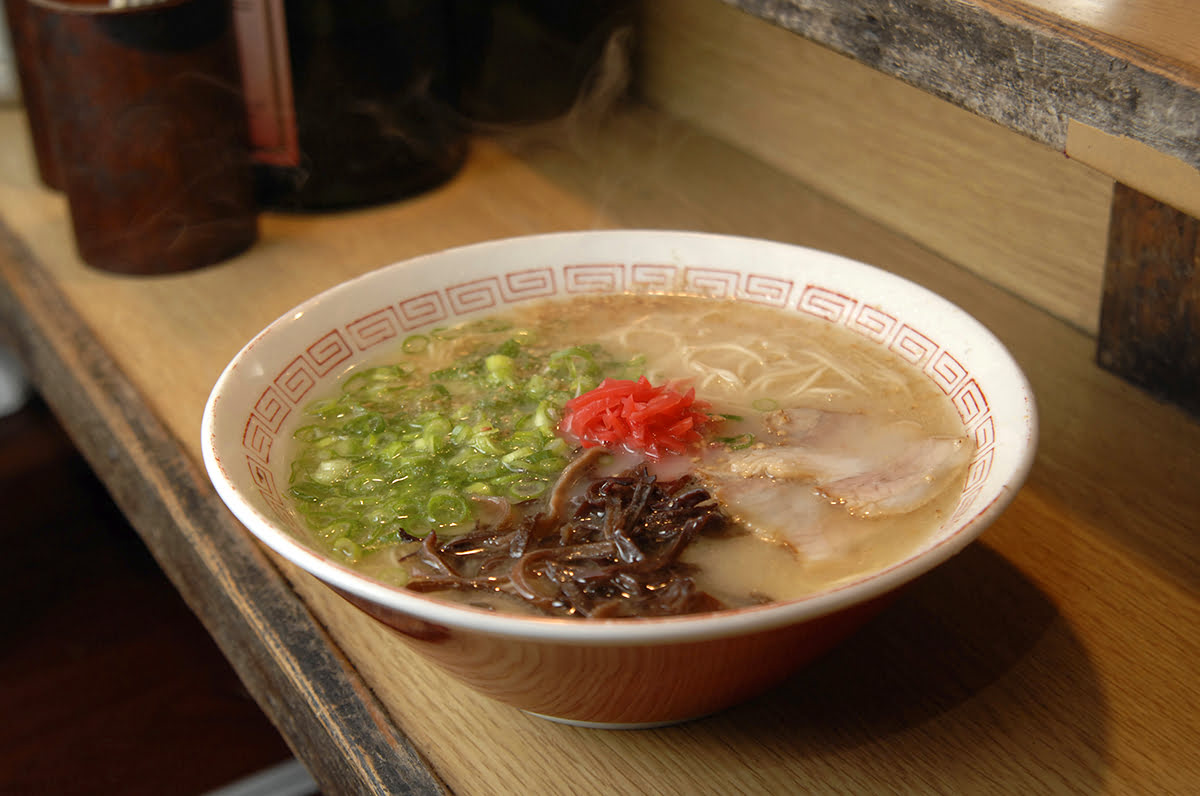Tucked away in the bustling city of Fukuoka, Kushida Shrine stands as a beacon of Japanese tradition and cultural heritage. Founded in 757 AD, this ancient shrine isn’t just a place of worship; it’s a cultural hub where historic traditions and modern festivities intertwine. From the iconic Hakata Gion Yamakasa festival to the serene autumn ceremonies, Kushida Shrine offers visitors a deep dive into the heart of Japanese cultural experiences. Join us as we explore this historical site and uncover the many reasons why it’s a must-visit when in Fukuoka.
History and Significance of Kushida Shrine
Kushida Shrine, locally known as “Kushida-jinja,” holds a significant place in Fukuoka’s history. Established over a millennium ago, the shrine has been a spiritual center for the residents of Fukuoka and a symbol of the city’s rich past. The deity enshrined here is believed to protect and bless the Hakata community, and many visit to pray for good fortune and health.
The shrine is meticulously preserved, showcasing traditional Japanese architecture with intricate carvings and sacred treasures. The main hall, with its imposing roof and elegant woodwork, is a testimony to the craftsmanship and architectural prowess of ancient Japan. Visitors can also find smaller auxiliary shrines within the complex, each dedicated to different deities, adding to the spiritual ambiance of the place.
Highlights of Kushida Shrine
One of the most captivating aspects of Kushida Shrine is its timeless beauty and serene environment. The shrine grounds offer a tranquil escape from the hustle and bustle of the city, with lush greenery and ancient trees providing a peaceful setting for reflection and prayer.
Hakata Gion Yamakasa: This annual festival, celebrated every July, is one of Fukuoka’s most famous events. The festival is known for its elaborate Yamakasa floats, which are paraded through the streets in a thrilling display of strength, speed, and community spirit. The highlight of the event is the Oiyama race, where teams of men race through the city carrying these massive floats, a spectacle that attracts visitors from all over Japan and beyond.
Chikara Ishi (Power Stones): These ancient stones, found on the shrine grounds, were historically used by young men to test their strength. Still a popular attraction today, visitors can attempt to lift these heavy stones and connect with a piece of the past.
Fukusasa: These lucky bamboo branches are a unique feature of Kushida Shrine. During certain festivals, visitors can purchase these decorative branches as charms for good fortune and protection.
Festivals and Cultural Events
Kushida Shrine is not just a place of religious significance but also a cultural epicenter where various traditional festivals and events are celebrated throughout the year. These festivals are an excellent way for visitors to experience the rich cultural heritage of Fukuoka and the traditions of Japan.
Hakata Gion Yamakasa Festival: As mentioned earlier, this is one of Fukuoka’s most famous festivals. Held annually in July, it has been designated an Important Intangible Folk Cultural Asset of Japan. The festival includes various events, but the highlight is the Oiyama race, where teams compete by carrying large, beautifully decorated floats through the streets of Hakata.
Reitaisai (Annual Festival): Usually held in October, this festival involves numerous rituals and ceremonies, including traditional music and dance performances. It is an opportunity to witness Shinto traditions firsthand and participate in communal prayers for prosperity and good harvest.
Setsubun Festival: Celebrated in early February, this festival marks the beginning of spring in Japan. During the festival, participants throw roasted soybeans to drive away evil spirits. It’s a fun and entertaining event that draws both locals and tourists.
These festivals are deeply rooted in the local culture and are a fantastic way for visitors to connect with the community and experience traditional Japanese celebrations.
Day-by-Day Itinerary: A 5-Day Exploration of Fukuoka and Kushida Shrine
Planning a trip to Fukuoka? Here’s a detailed 5-day itinerary to help you explore Kushida Shrine and beyond.
Day 1: Arrival and Initial Exploration
Arrive in Fukuoka and settle into your accommodation. Spend the afternoon exploring the area around your hotel, visit Tenjin for some shopping, and enjoy dinner at a local izakaya.
Day 2: Explore Kushida Shrine
Dedicate your day to exploring Kushida Shrine. Start with a morning visit to avoid crowds, participate in morning prayers, and explore the various auxiliary shrines. Don’t forget to try lifting the Chikara Ishi and purchase a Fukusasa for good luck. In the afternoon, visit the nearby Hakata Traditional Craft and Design Museum.
Day 3: Cultural Immersion in Fukuoka
Immerse yourself in Fukuoka’s cultural offerings. Visit the Fukuoka City Museum to learn about the city’s history and culture. In the afternoon, head to the Fukuoka Art Museum for some artistic inspiration. End your day with a visit to the Fukuoka Tower for panoramic views of the city.
Day 4: Day Trip to Dazaifu
Take a day trip to the historical town of Dazaifu, home to the famous Dazaifu Tenmangu Shrine and the Kyushu National Museum. Enjoy the serene atmosphere and explore the traditional streets lined with shops and teahouses.
Day 5: Leisure Day and Departure
Use your last day for leisure activities. Visit Canal City Hakata for some last-minute shopping, relax in Ohori Park, or enjoy a leisurely stroll along the Nakasu riverside. In the evening, head to the airport for your departure.
Culinary Deep Dive: Local Flavors of Fukuoka
Fukuoka is a paradise for food lovers, with a rich culinary scene that includes both traditional Japanese cuisine and regional specialties. Here are some must-try dishes:
Hakata Ramen: Known for its rich, creamy pork broth (tonkotsu), Hakata Ramen is Fukuoka’s signature dish. You can find it at numerous ramen shops around the city.
Motsunabe: This hearty hotpot dish made with beef or pork offal, vegetables, and a savory broth is perfect for chilly evenings. It’s a local favorite.
Mentaiko: Spicy marinated cod roe is used in various dishes, from onigiri and pasta to more elaborate creations. It’s a unique taste of Fukuoka.
Yatai Food Stalls: Fukuoka is famous for its Yatai (food stalls) where you can enjoy a wide variety of street food, including yakitori, oden, and tempura. These stalls offer a unique and authentic dining experience.
Practical Information for Travelers
Planning your trip to Kushida Shrine and Fukuoka requires some essential practical information:
Transportation: Fukuoka is well-connected with an efficient public transportation system. The city has subway lines, buses, and taxis readily available. To get to Kushida Shrine, take the Kuko Line to Gion Station; the shrine is a short walk from there.
Weather: Fukuoka experiences a mild climate, with hot summers and cool winters. The best times to visit are spring (March to May) and autumn (September to November) when the weather is pleasant, and festivals are abundant.
What to Pack: Depending on the season, pack comfortable walking shoes, a light jacket or coat, and an umbrella. Don’t forget your camera to capture the beautiful sights.
Cultural Etiquette: Remember to practice respectful behavior when visiting shrines. Dress modestly, follow the purification rituals at the entrance, and avoid loud conversations within the shrine premises.
Language: While many signs are available in English, having a few basic Japanese phrases handy can be very helpful.
Currency: Japan’s currency is the Yen (JPY). It’s advisable to carry some cash as smaller establishments may not accept credit cards. ATMs are widely available.
Whether you are seeking to immerse yourself in local festivals, explore historical treasures, or simply enjoy the serene beauty of a traditional shrine, Kushida Shrine in Fukuoka offers a unique window into Japan’s rich cultural heritage. From the bustling energy of Hakata Gion Yamakasa to the tranquil moments of prayer and reflection, this shrine remains a must-visit landmark for anyone traveling to Fukuoka.
Ready to explore Fukuoka and its cultural gems? Plan your visit to Kushida Shrine today and experience the timeless traditions that make this city truly special.






















